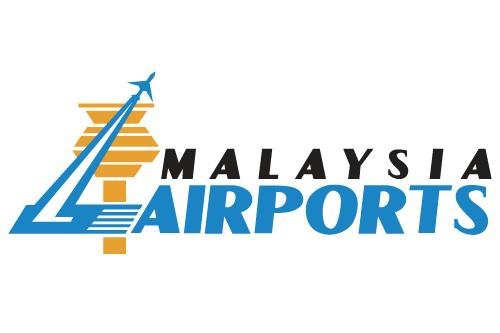Malaysia Airports facilitates thought leadership within the aviation industry by hosing a gathering of international aviation experts to share best practices

LANGKAWI – Malaysia Airports continues its effort to facilitate the growth of the aviation industry by hosting delegates of international experts from 29 countries at the Airport Council International (ACI) Asia-Pacific (APAC) Small and Emerging Airports Seminar (SEAS) 2018, a 2-day programme which took place 10th-12th October 2018. The seminar, organised by ACI APAC was held at The Westin Langkawi Resort & Spa and serves as a unique platform for the promoting of exchange and sharing of best practices and expertise among small and emerging airports in the region.
The Minister of Transport Malaysia, Yang Berhormat Loke Siew Fook officiated the seminar in the presence of Raja Azmi Raja Nazuddin, the acting Group CEO of Malaysia Airports and Patti Chau, Regional Director of ACI Asia-Pacific.
Loke said in his opening speech that the Malaysian government is highly cognisant of the enormous benefits resultant from the aviation industry. He said, “Data has shown that in 2014 the Malaysian aviation industry had contributed USD2.0 billion in direct benefits, USD2.6 billion in indirect benefits, USD369 million in induced benefits and USD6.3 billion in tourism benefits totalling USD11.2 billion to the national GDP. The sector had generated about 3.3% of the country’s GDP and created over 460,000 jobs. The output multiplier for the national aviation industry is 2.0x which means that every ringgit of output produced in the industry generates double the output for the country’s overall economy.”
Loke went on to say that due to the vibrant nature of the industry, the government is also working with the airport operators in attracting more foreign airlines to operate in Malaysia. “There is currently a Joint International Tourism Development Programme which is a collaboration between Malaysia Airports and Tourism Malaysia to support efforts in destination marketing. In fact, the airport operator also has in place several incentive programmes to facilitate airlines growth,” Loke explained.
Meanwhile, according to Azmi, regardless of an airport’s capacity, size or geographical location, the business of running an airport comes with a set of similar challenges especially in an increasingly globalised environment. Challenges abound in terms of safety, security and regulations; capacity and congestion; as well as the environment. On top of all these challenges, the aspect of business sustainability and profitability remain in the uppermost thoughts of airport operators. He gave the example of Langkawi International Airport (LGK), a small-sized airport that is gradually developing itself into a secondary hub in Malaysia.
“We are very proud of LGK as it had been twice awarded the Best Airport in Asia Pacific within its category of 0 to 2 million passenger per annum (mppa). This was during the ASQ Awards 2013 and 2014. Since then, LGK’s has been experiencing healthy growth and in 2015 moved into the 2 to 5 mppa. In the 2016 ASQ Awards, it was again one of the top three best airports within this new category,” said Azmi.
Last year, LGK registered 2.7 million passenger traffic movements, an increase of 4.2% from the previous year. Looking at the steady growth, Malaysia Airports and the Malaysian government had embarked on a capacity expansion to increase the capacity from 1.5 to 4 mppa. The new expanded terminal was completed in August this year and will better position the island as a popular tourist destination, as well as act as a larger catalyst in strengthening Malaysia as preferred global hub.
“This capacity expansion was done in tandem with the aim to enhance airport experience and elevate service levels, so we had increased the comfort level to 22 sqm per passenger. We also improved various airport operational efficiencies by adding the number of check-in and immigration counters, boarding gates, washroom facilities, and installing the automated in-line hold Baggage Handling System,” Azmi added further.
Airports Council International (ACI) is the international association of the world's airports. ACI is a non-profit organisation with the prime purpose of fostering cooperation among its members and other related partners in the aviation industry including governments, airlines and aircraft manufacturers. This year’s SEAS features renowned industry leading experts speaking on aviation related topics and challenges such as airports as catalyst to economic growth, changing passenger profile, airport commercial operations, climate change, safety enhancement, compliance and cybersecurity threats. Not only is this global seminar a good platform for the exchange of experiences and solutions that will help airports to ensure continuity and maintain a longterm vision for a sustainable future, it also showcases Malaysia, in particular Langkawi Island,to the world as a preferred tourist destination.


